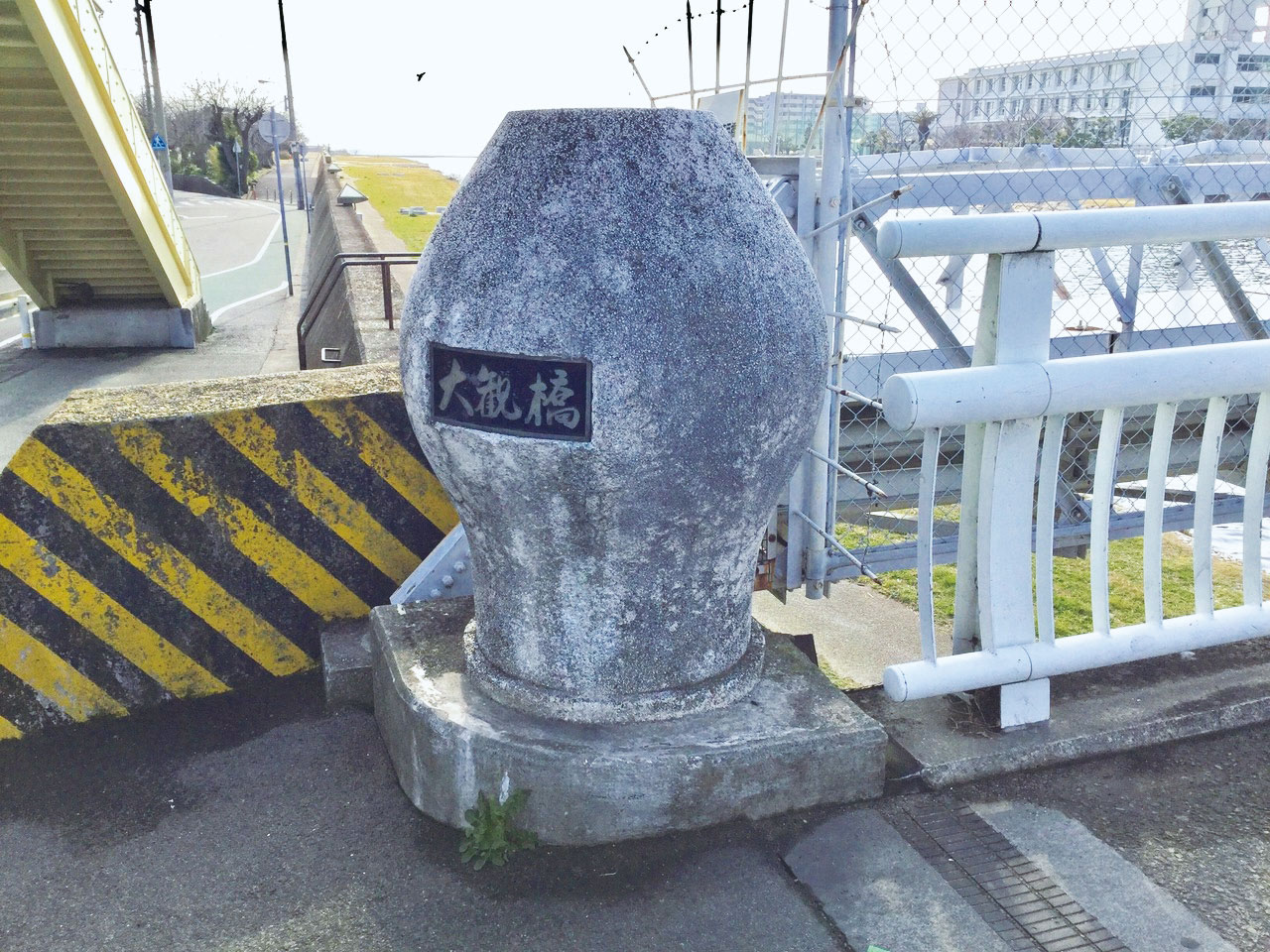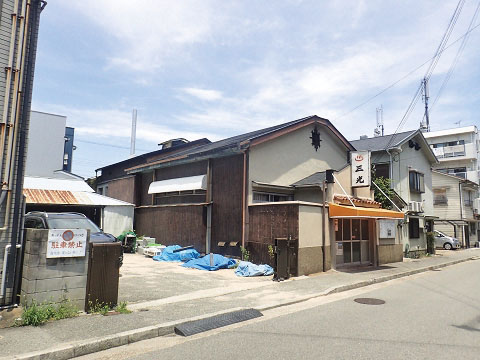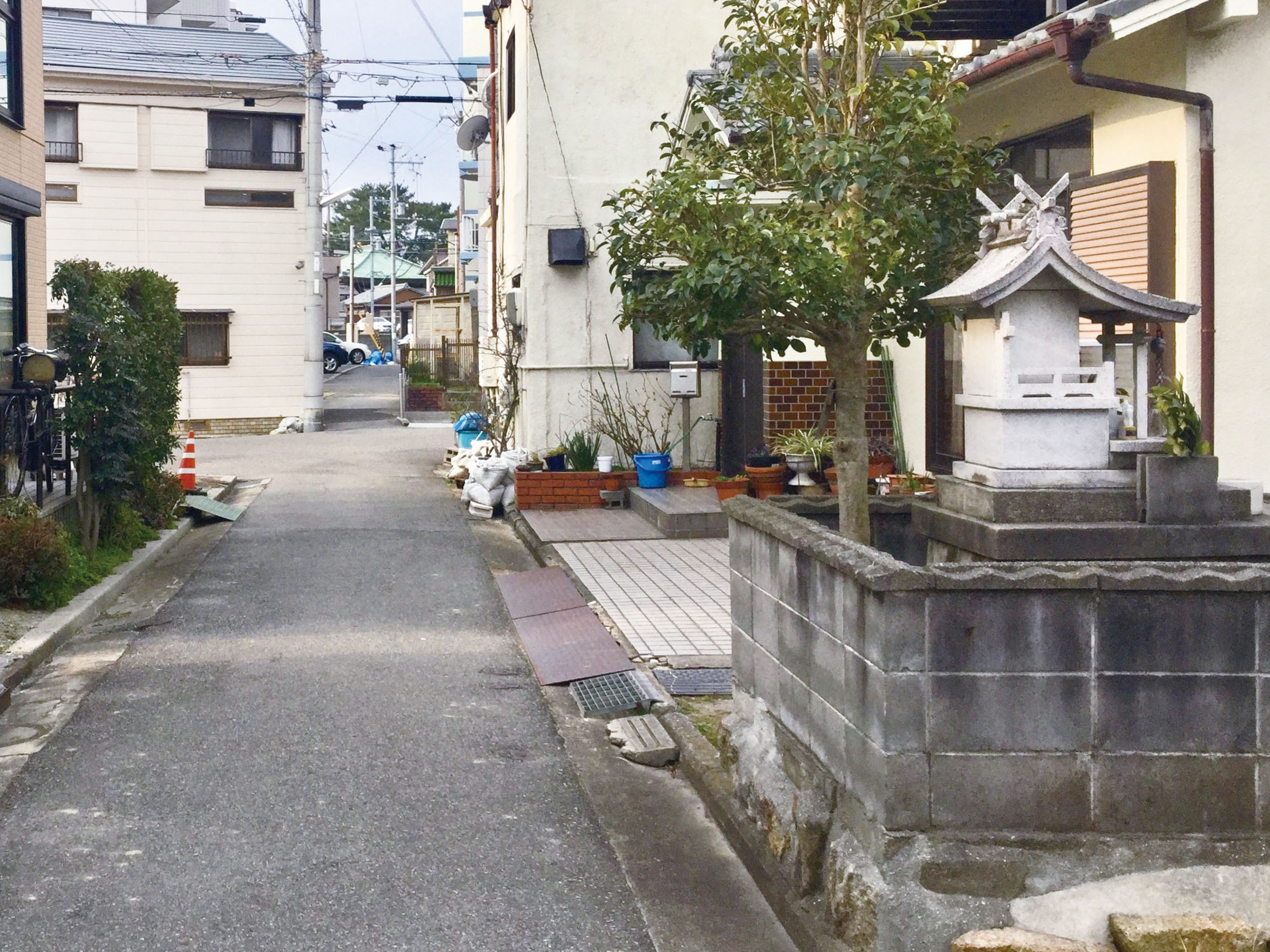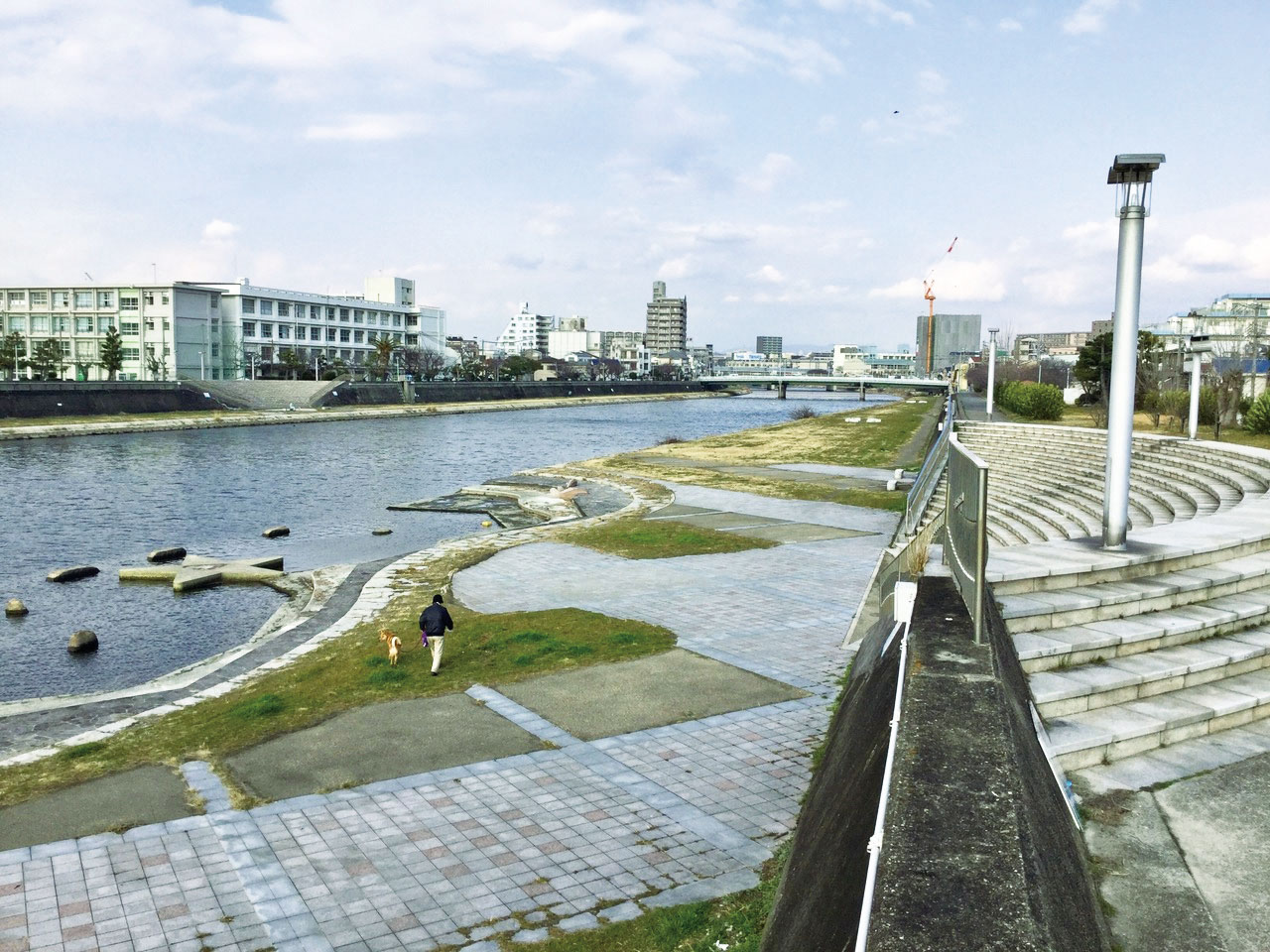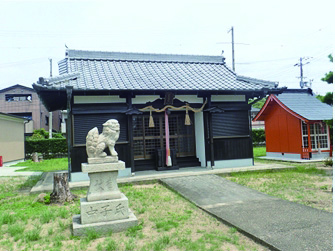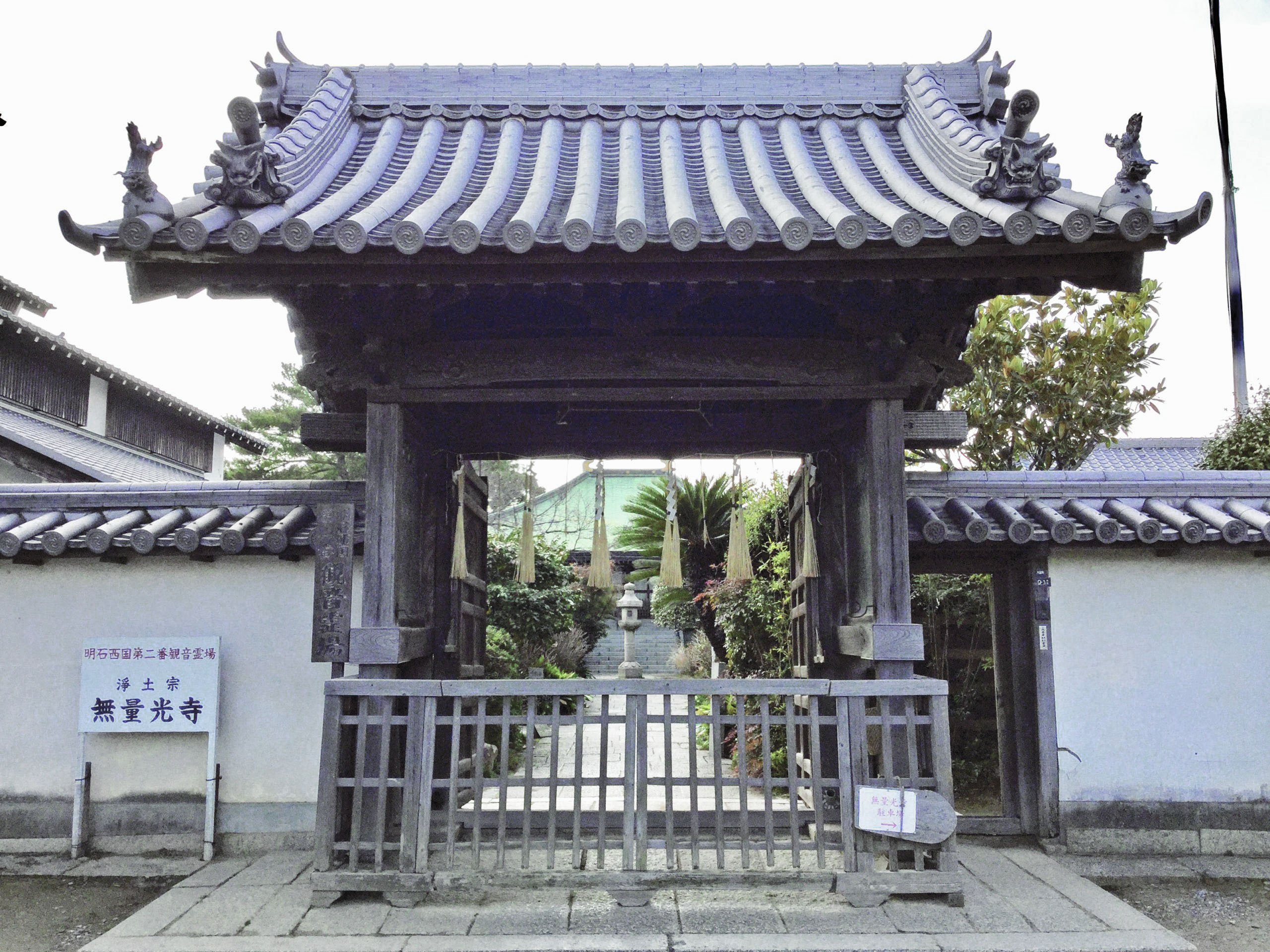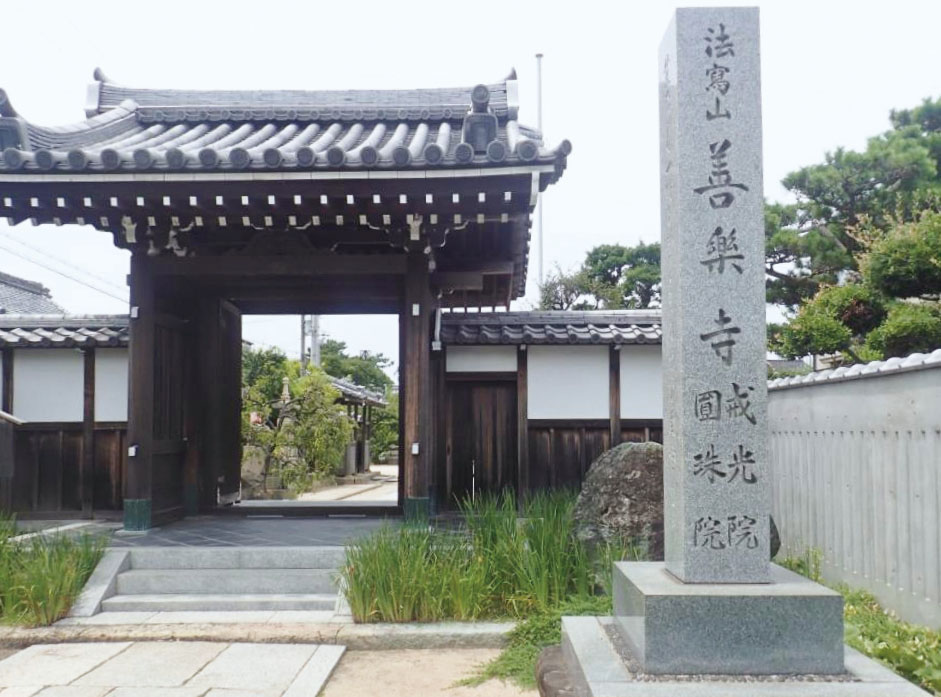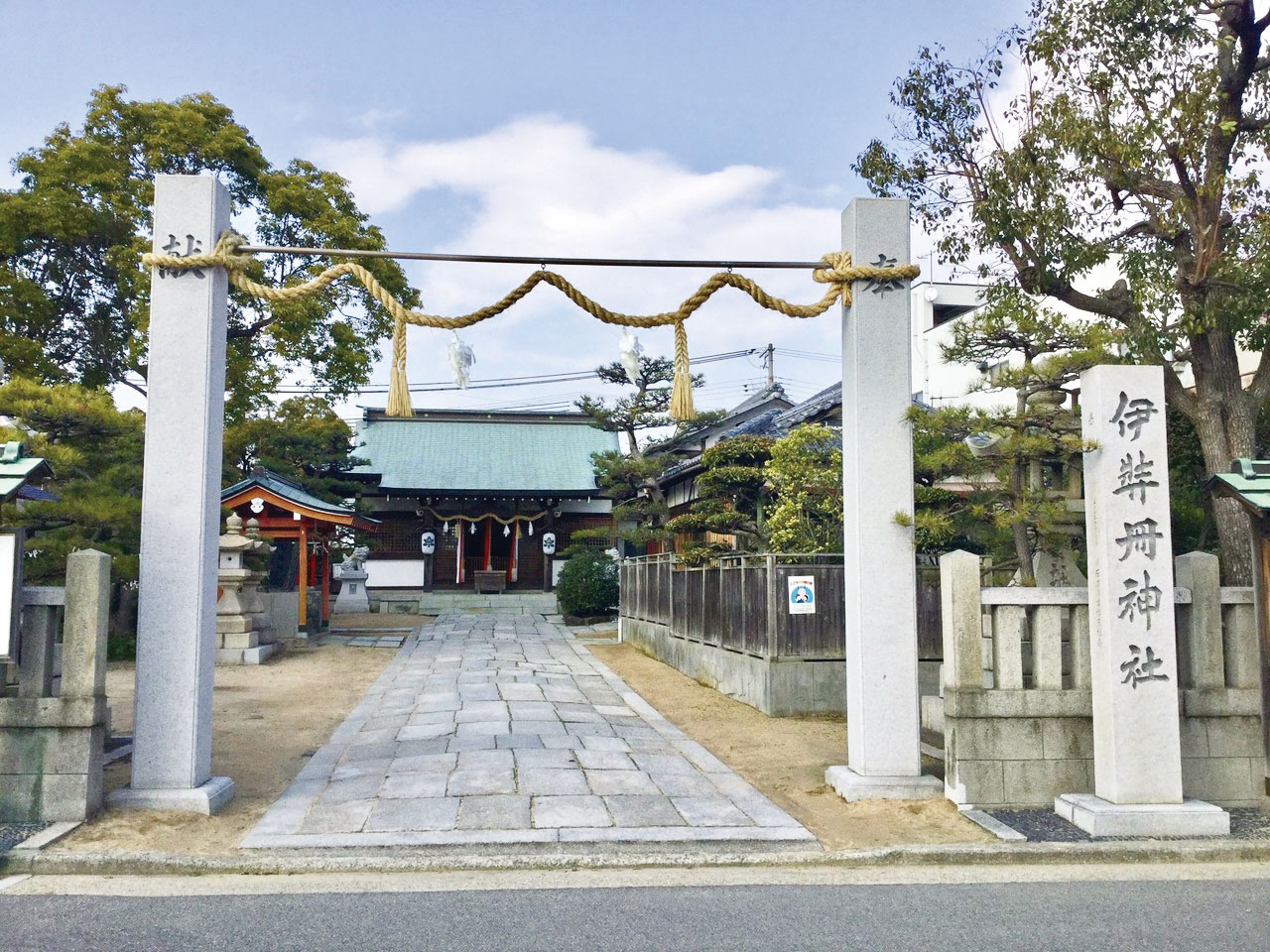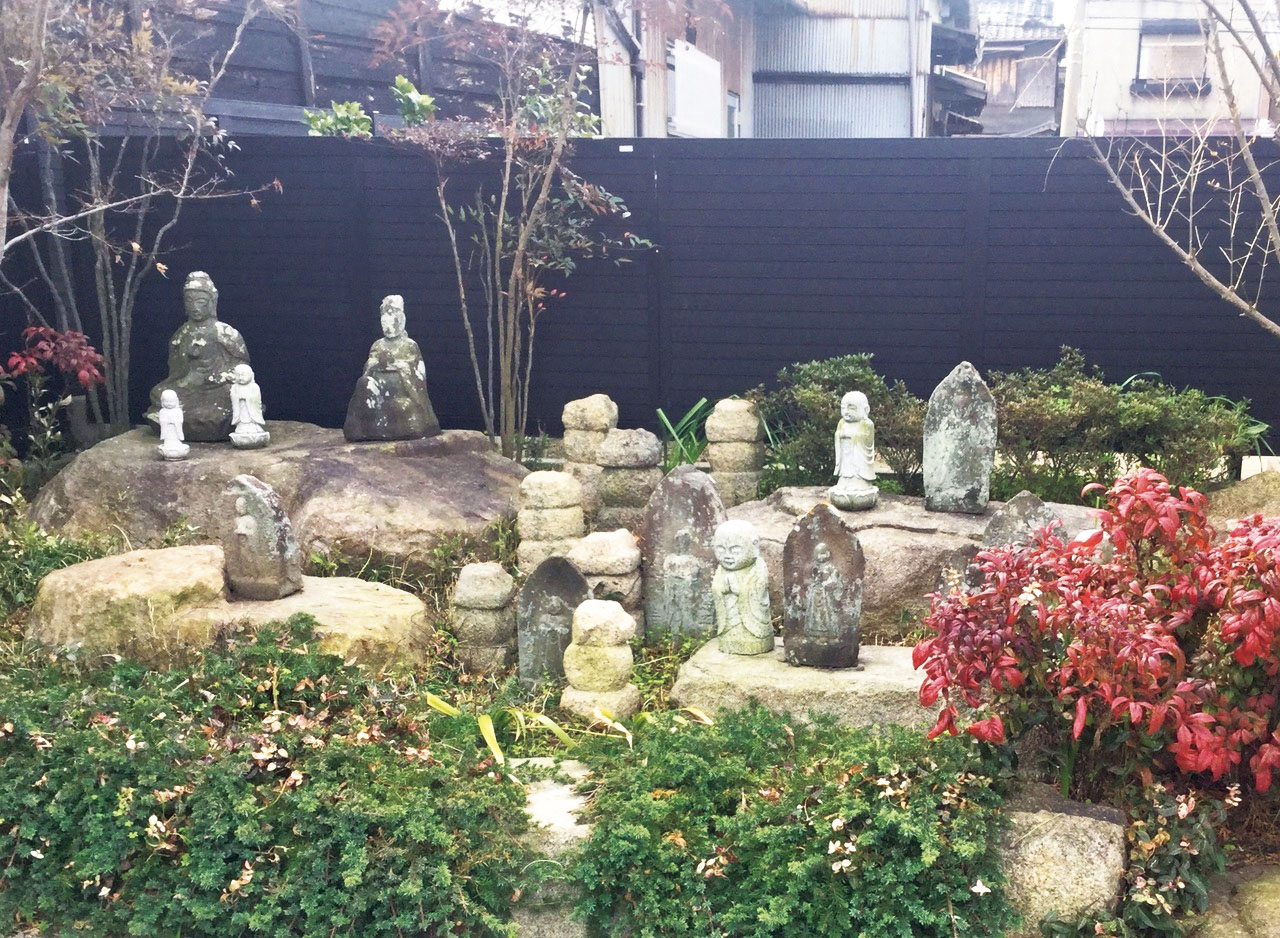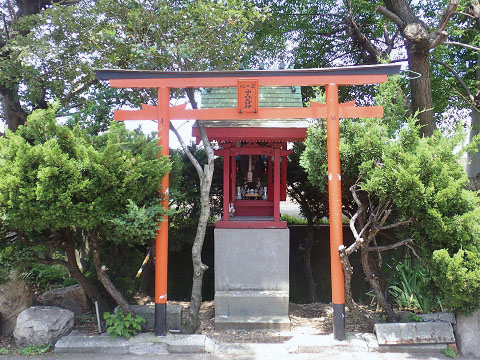
castle town
01.the Great Myojin, great god gracious deity, near the Akashi River
An ancient shrine noted Yamamori Great Myojin is enshrined near the Akashi River. Old people called their local god the Great Myojin. The word Sho-ichi-i , the formal highest rank of the Order, written on the nameplate is generally seen at most inari shrines. It is said that the court in the Heian wasn’t the original TeJapanese god.
